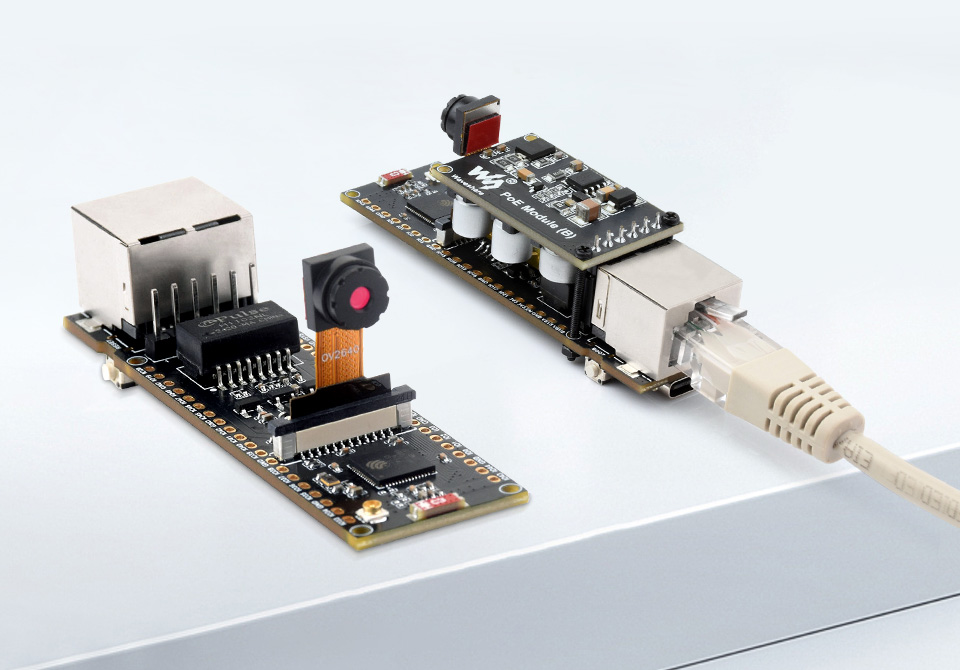
Waveshare ESP32-S3-ETH Development Board features Ethernet, PoE, and Camera Interface
Waveshare has recently released an ESP32-S3-ETH Development Board that combines an ESP32-S3 microcontroller, Ethernet (with optional PoE) and a camera interface. The board is available in four variants the ESP32-S3-ETH (ETH development board only), the ESP32-S3-ETH-CAM-KIT (ETH development board + 2MP OV2640 camera), the ESP32-S3-POE-ETH (ETH development board + PoE module), and the ESP32-S3-POE-ETH-CAM-KIT (ETH development board + 2MP OV2640 camera + PoE module). This flexibility makes this board ideal for applications such as smart home projects, AI-enhanced computer vision, and image acquisition.
Previously we have written about various development boards built around the ESP32-S3 like the Unexpected Maker OMGS3, the LILYGO T-Display S3, the ESP32-S3 1.47-inch USB dongle, and much more, feel free to check those out if you are interested in the topics
ESP32-S3-ETH Development Board Specifications
- Wireless Module: ESP32-S3R8
- MCU: ESP32-S3 dual-core LX7 microprocessor @ up to 240 MHz with Vector extension for machine learning
- Memory: 8MB PSRAM
- Storage: 16MB SPI flash
- Connectivity:
- WiFi 4 (802.11 b/g/n) up to 150 Mbps
- Bluetooth 5 with LE/Mesh
- PCB antenna
- 10/100M Ethernet via onboard W5500 Ethernet chip (SPI communication)
- Optional PoE (IEEE 802.3af-compliant)
- Storage: MicroSD card slot
- Camera Interface: FPC connector for 2MP OV2640 or 5MP OV5640 camera modules
- USB: USB Type-C port for power and programming
- I/Os:
- 2x 20-pin headers with up to 27x GPIOs
- 2x UART
- 14x ADC
- Touch interface
- Reset pin
- 5V, 3.3V, GND pins
- Miscellaneous:
- Boot & Reset buttons
- Power, Link, and Act LEDs
- Power Supply:
- 5V via “5V-IN” pin
- 44V to 57V via optional PoE shield
- Dimensions: 72.8 x 21 mm
The company mentions that the board can be programmed with Arduino or ESP-IDF. The company’s wiki page has more information, including example code, schematic, and other information.
In terms of software, the company mentions that the dev board can be programmed with Arduino or ESP-IDF. More information about the product should eventually become available on the wiki, but it’s empty right now…






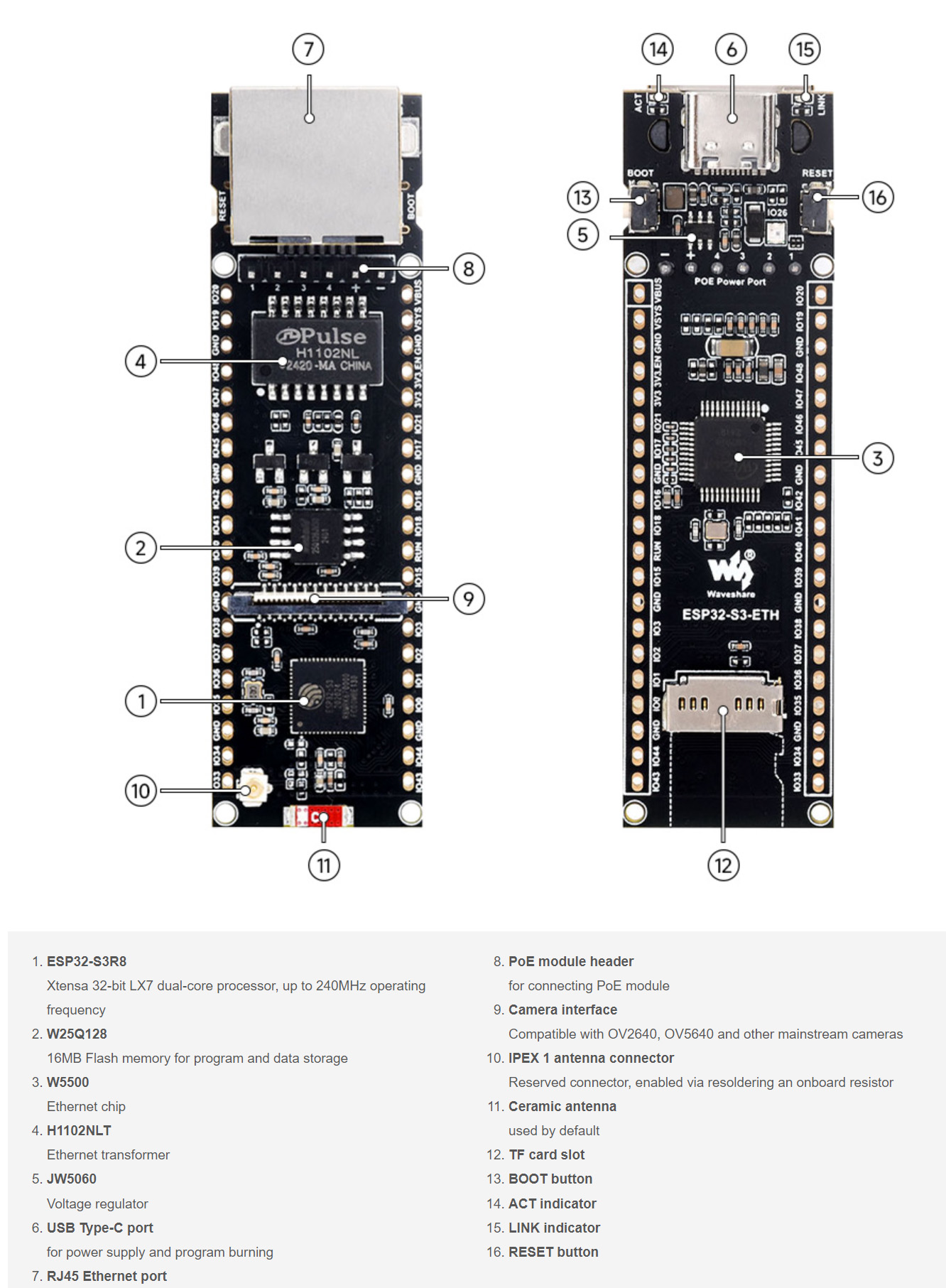
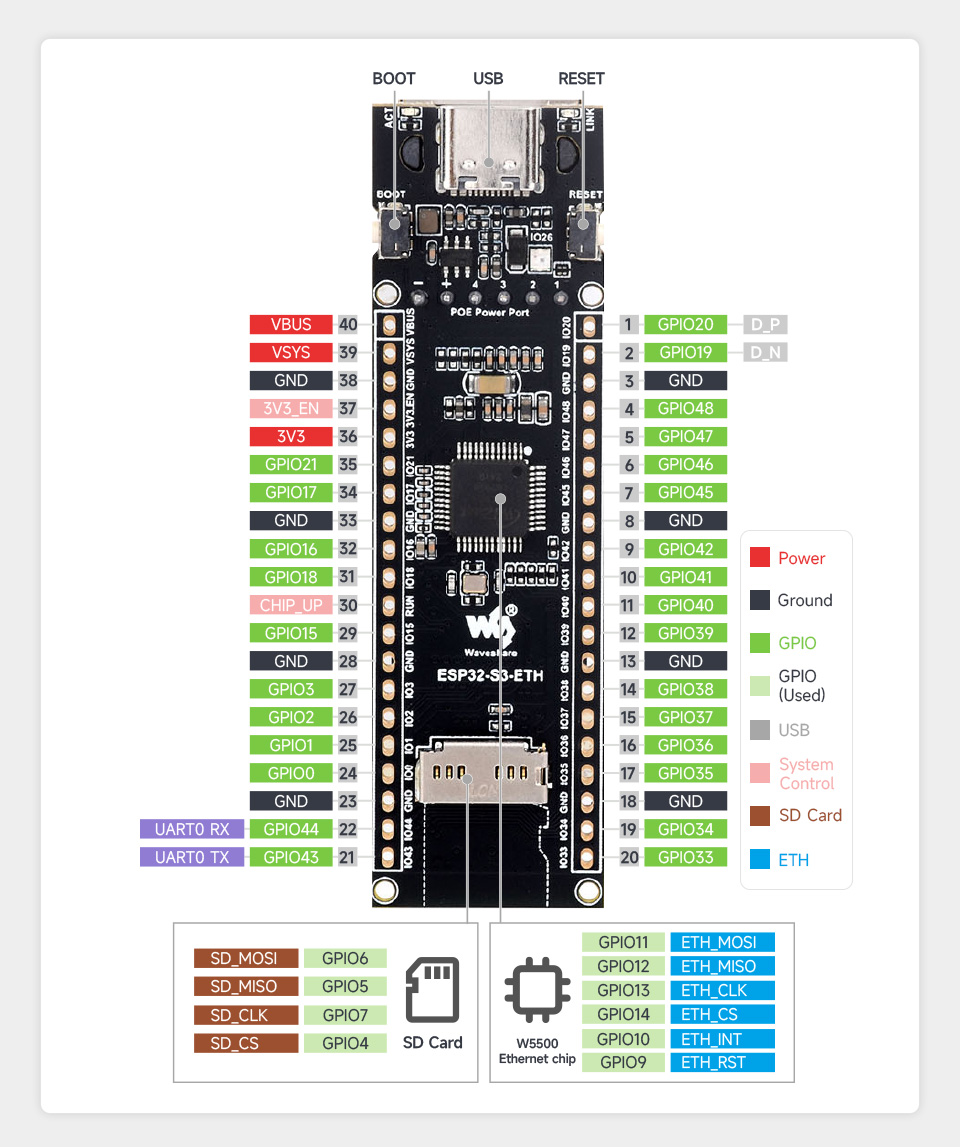
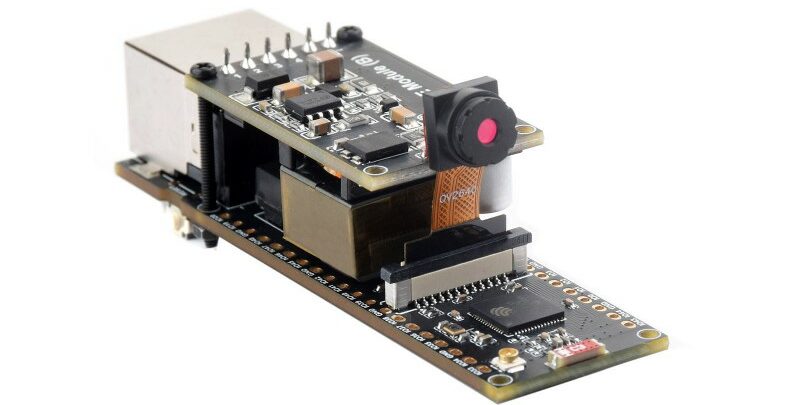
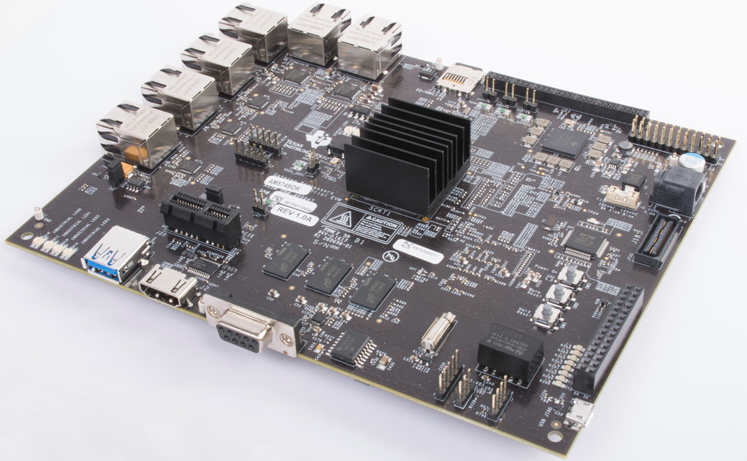
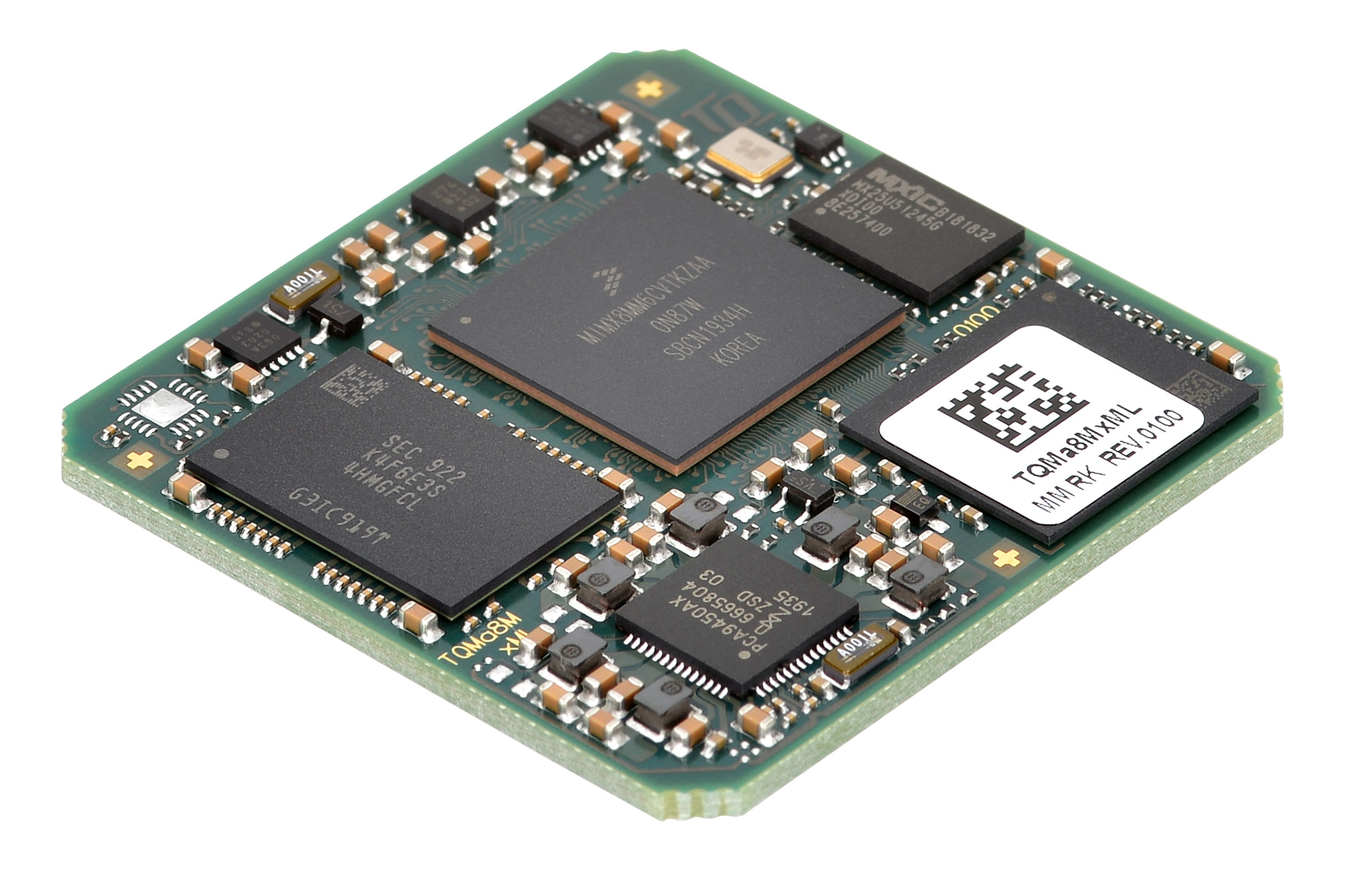
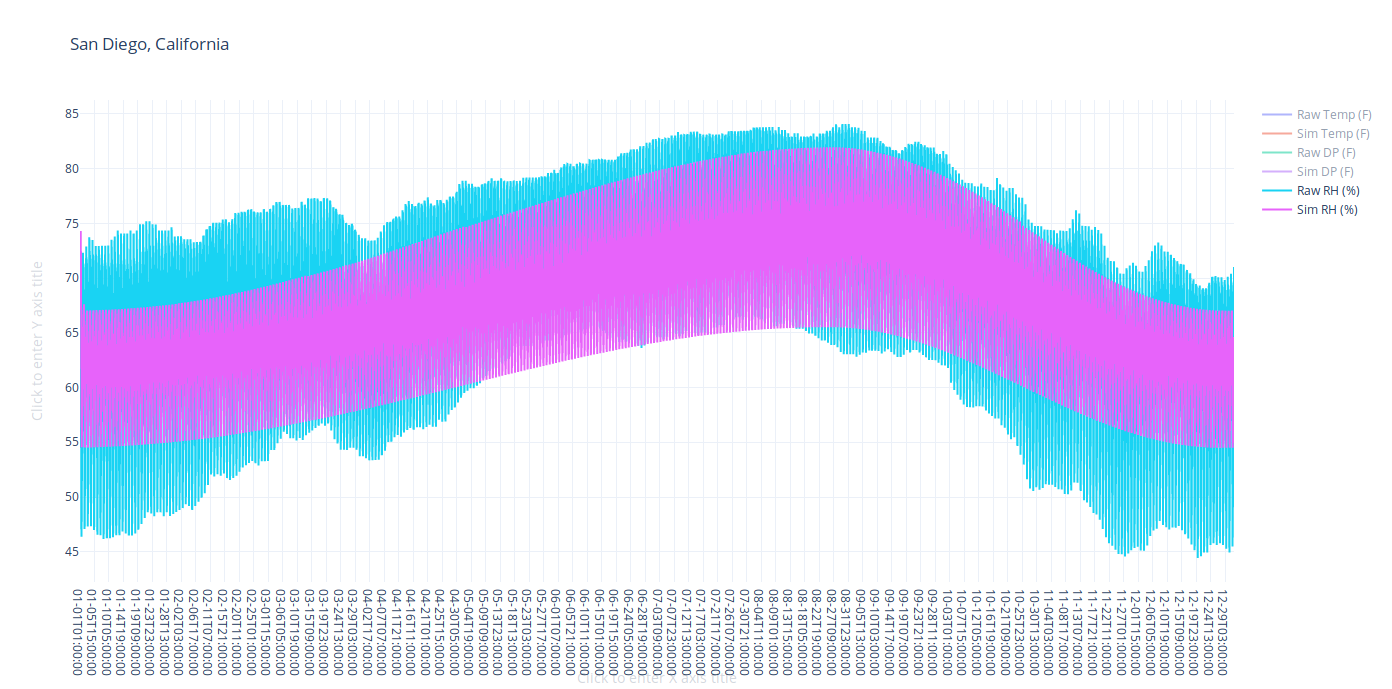
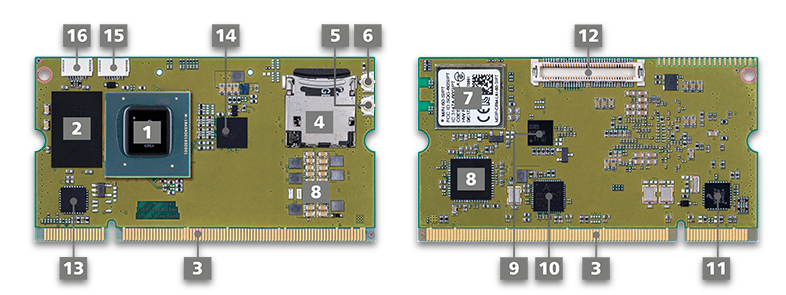
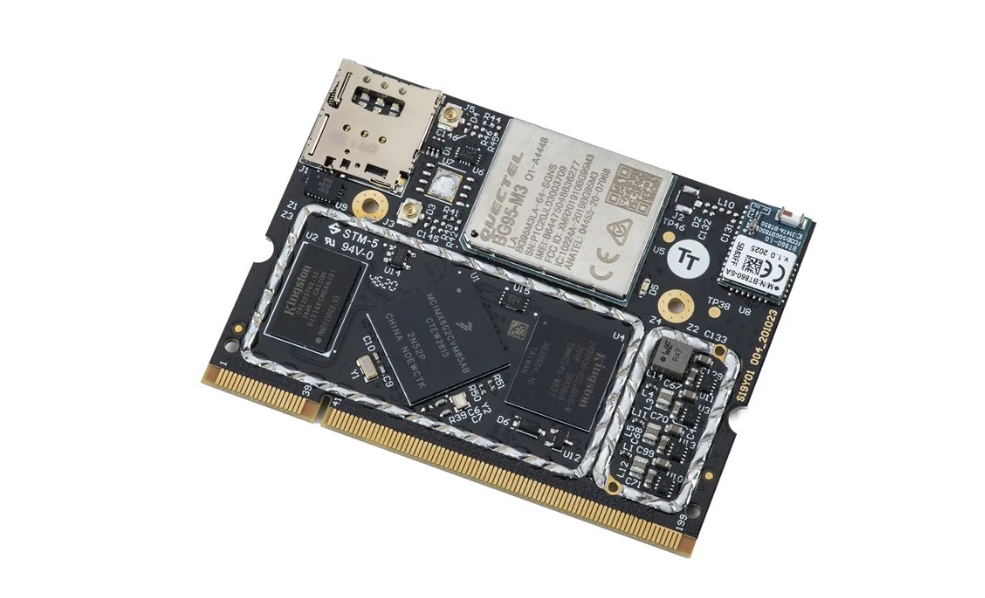
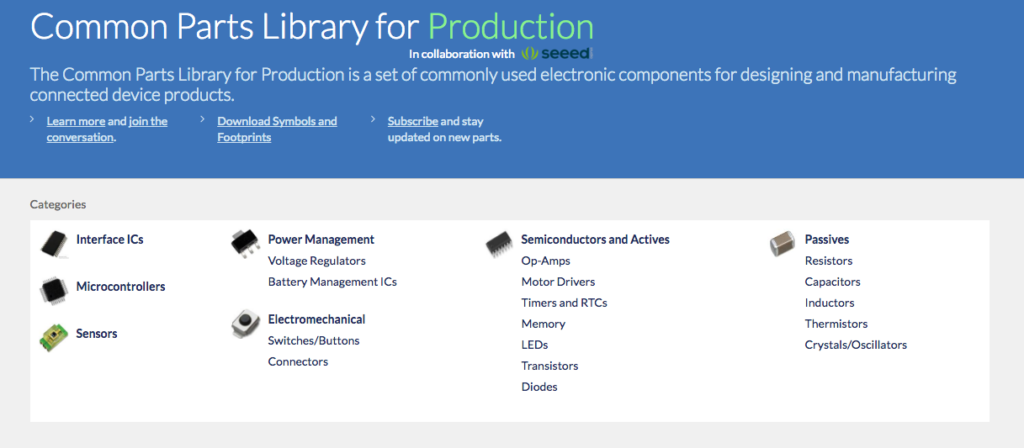

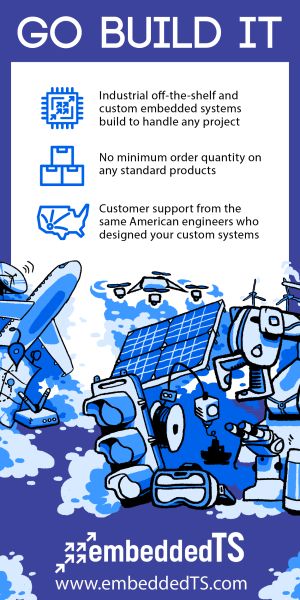
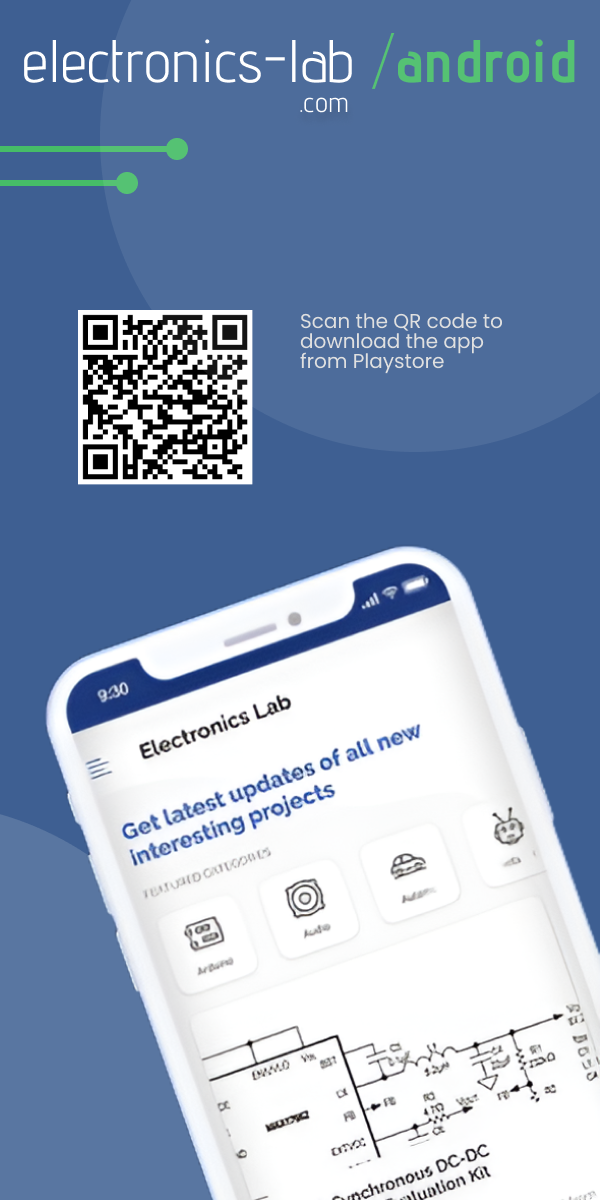
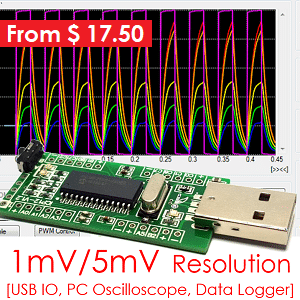

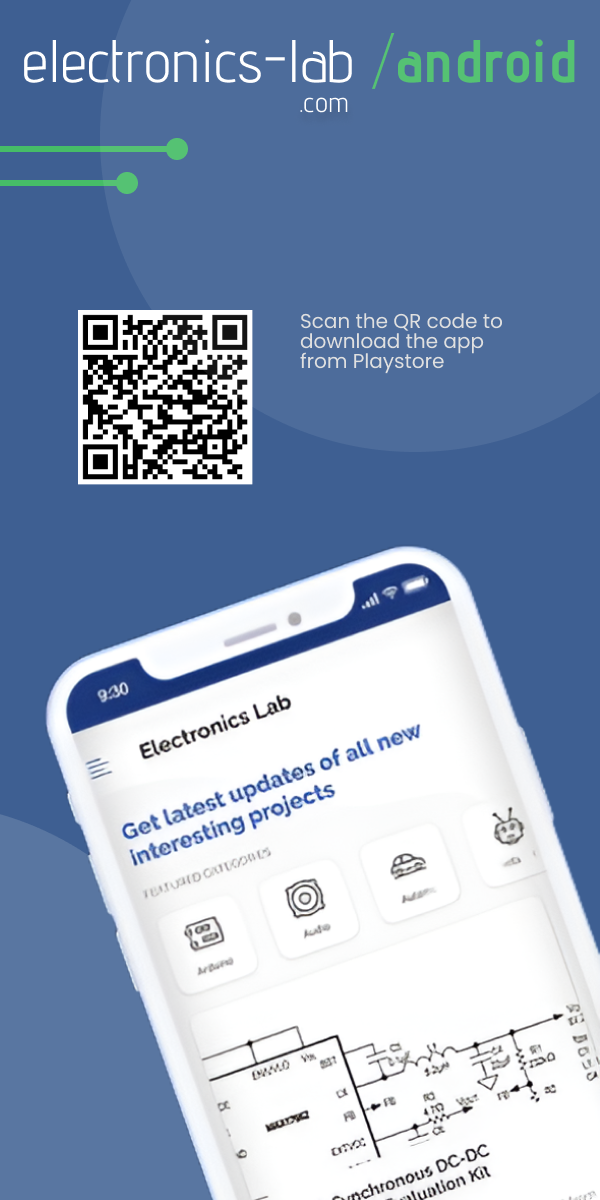
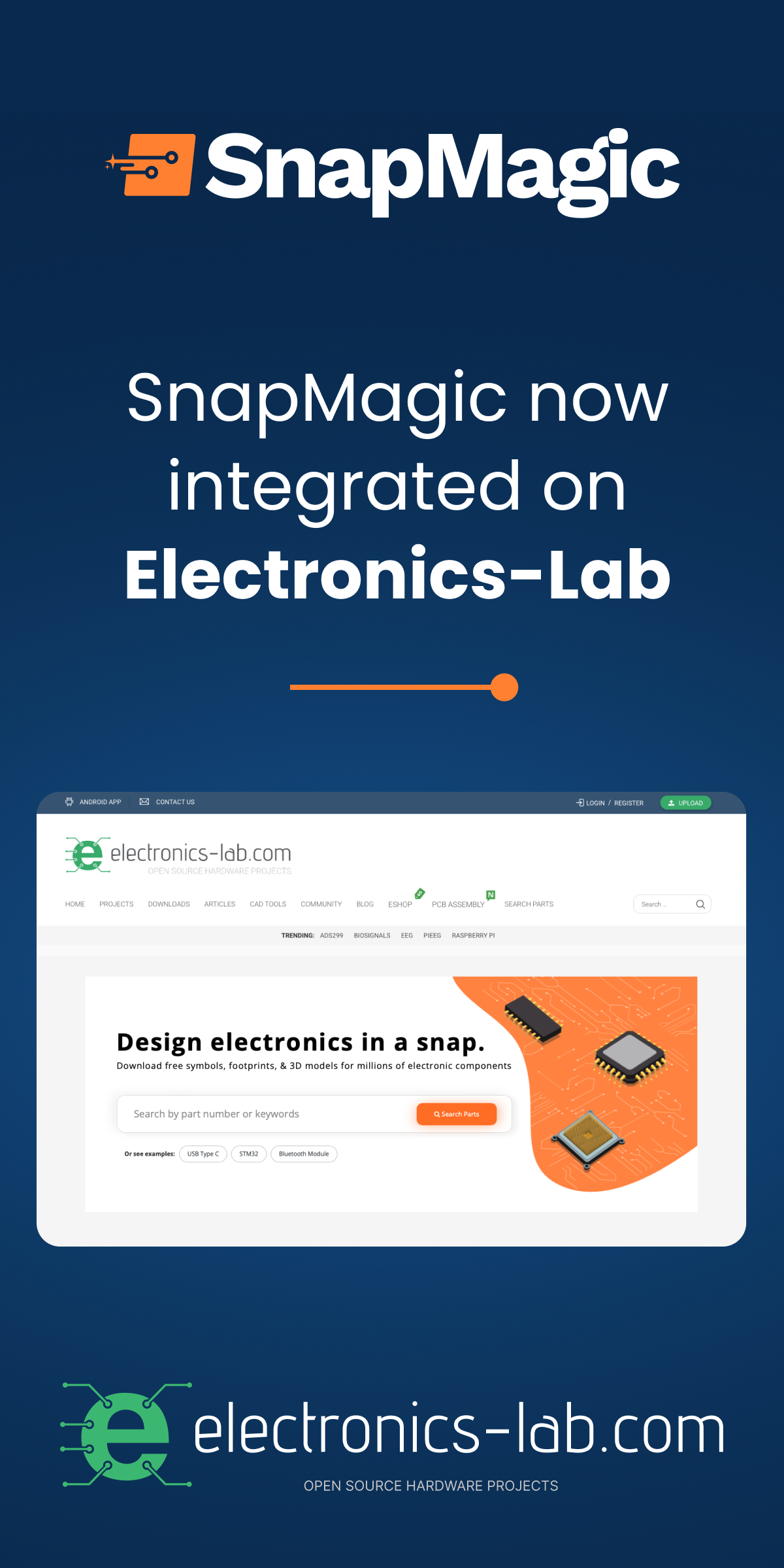
Where is the second UART ?